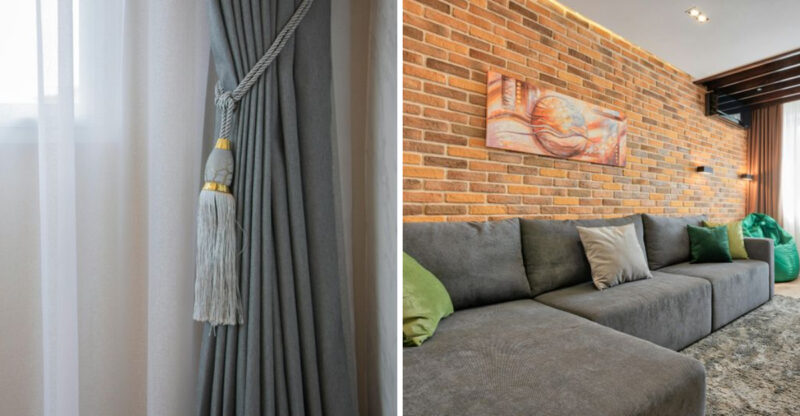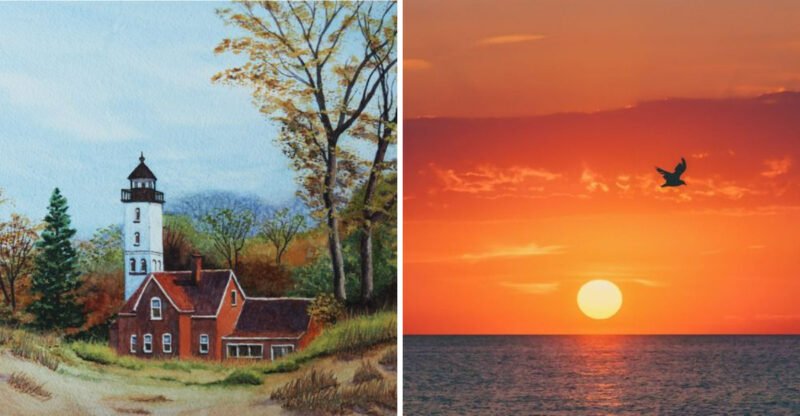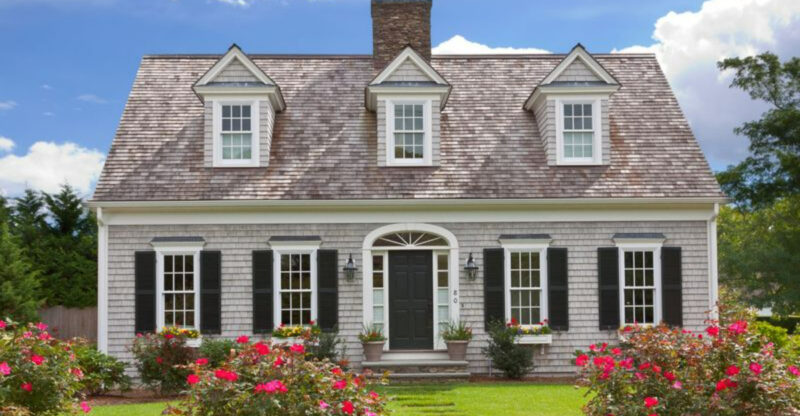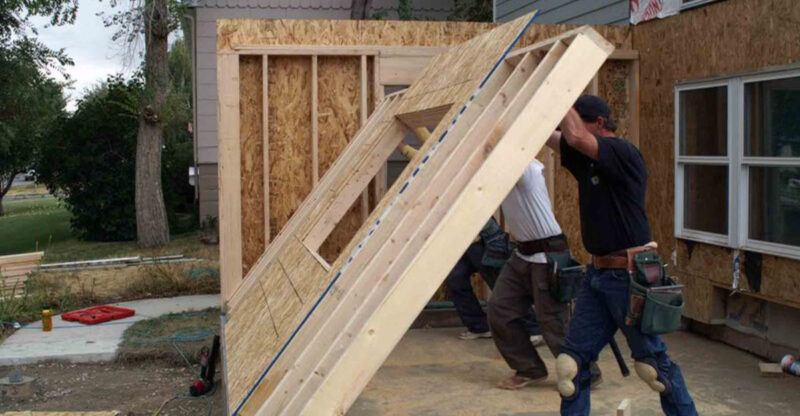Massachusetts Homeowners Beware, 13 Home Styles Vanishing By 2030
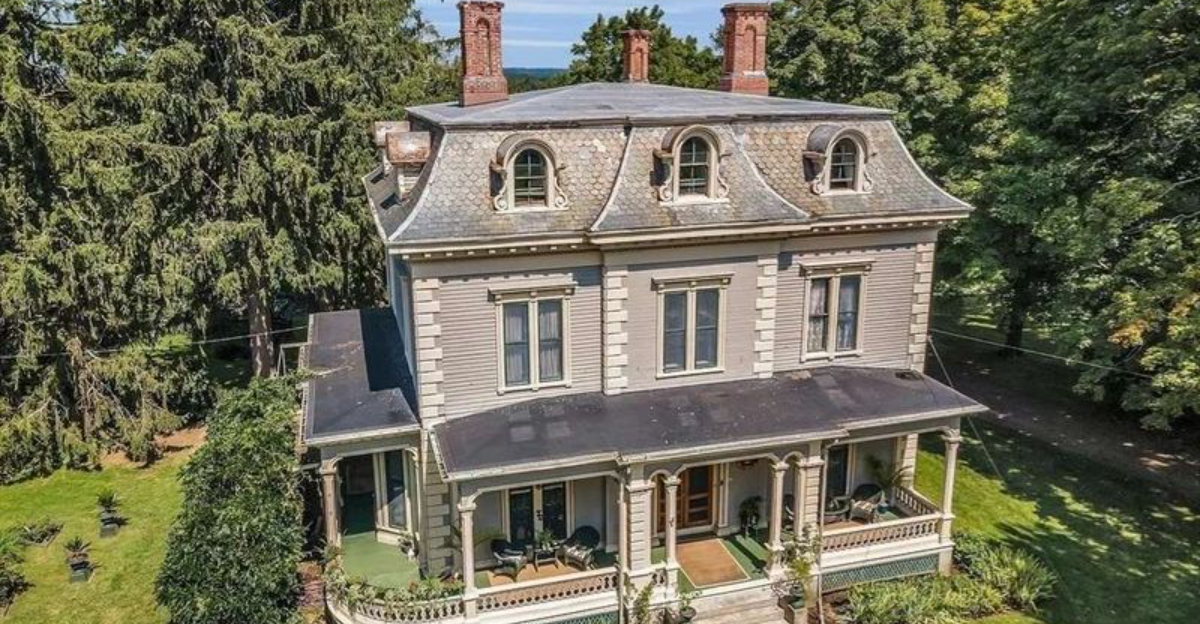
Massachusetts has long been known for its distinctive architectural heritage, from stately Colonials to charming Cape Cods. But as modern building trends take over and renovation costs skyrocket, many classic home styles are facing extinction in our state.
Walking through historic neighborhoods today, you’re witnessing what might be the last generation of these architectural treasures before they’re completely transformed or demolished by 2030.
1. Colonial Revival Fading Into History

Symmetrical facades with those iconic columns are becoming rare treasures in our Massachusetts neighborhoods. Homeowners struggle with the costly upkeep of detailed moldings and authentic period features.
Developers prefer building simplified homes without the historical intricacies. The craftsmanship required for proper Colonial Revival restoration is becoming a lost art, with fewer artisans specializing in these techniques.
What once defined our state’s architectural identity now faces replacement with cookie-cutter designs that lack the dignified presence these homes commanded for generations.
2. Cape Cod Cottages Losing Ground
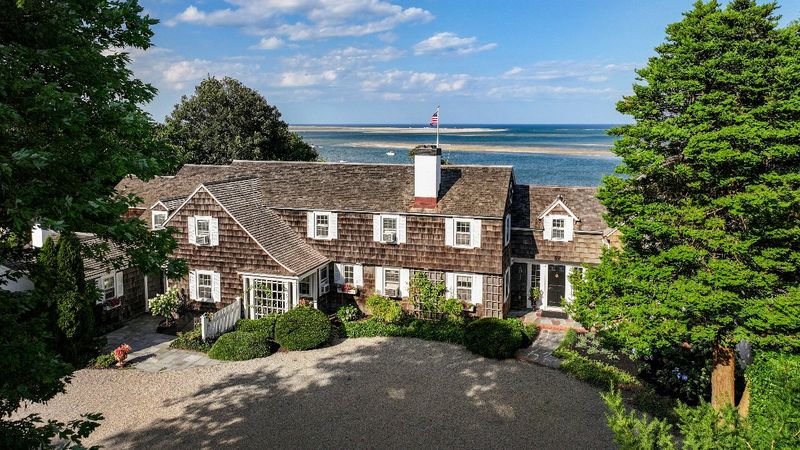
Though once our regional signature, authentic Cape Cod homes with their steep roofs and central chimneys are vanishing from our landscapes. Modern building codes make their compact designs increasingly difficult to maintain to original specifications.
Homebuyers today want open floor plans, not the cozy compartmentalized rooms that defined Cape Cod living. The simple, practical charm that made these homes perfect for our harsh New England winters now feels outdated to younger buyers.
Without preservation efforts, these humble yet distinctly Massachusetts dwellings might soon exist only in history books.
3. Victorian Beauties Becoming Endangered
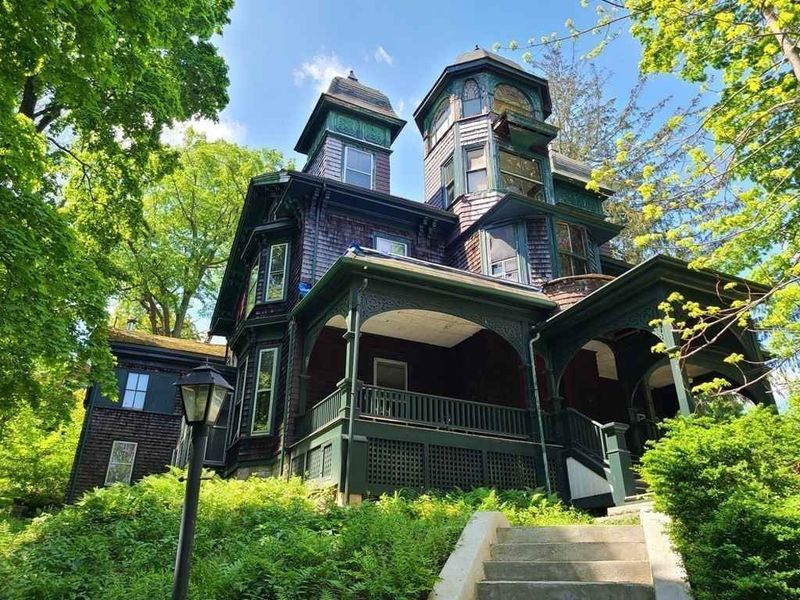
Ever wonder why those charming Victorian turrets and gingerbread trims are becoming as rare as a sunny day in Boston? Maintaining these ornate beauties isn’t just a walk in the park, it’s more like a full-time house arrest for your wallet and schedule!
With their elaborate details, Victorians demand craftsmanship that’s truly one of a kind, and those skilled artisans are slowly fading into history. Insurance companies are also turning up the heat with higher premiums, making these homes a costly labor of love.
Sadly, many are losing their signature lacework during renovations, turning grand dames into mere ghosts of charm past. It’s a tough tale of trim in the world of historic homes!
4. Federal Style Homes Under Threat
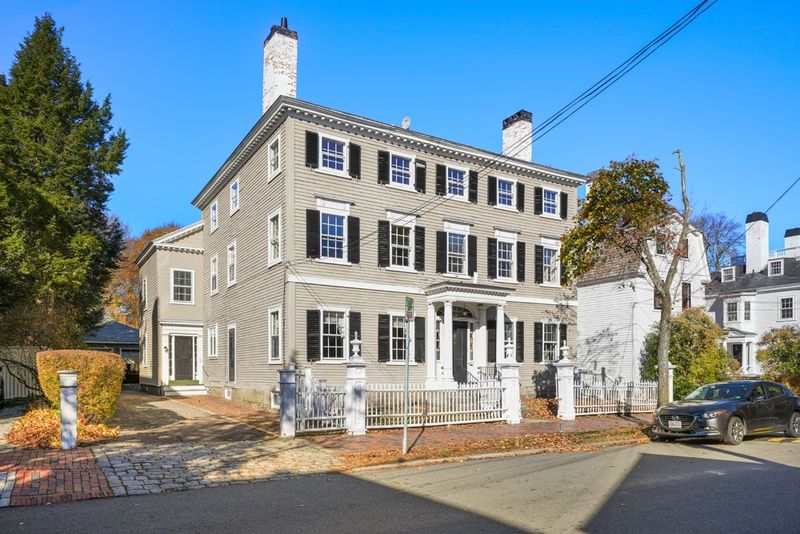
Those elegant brick facades with fanlight entrances are becoming increasingly rare sights in our historic districts. The meticulous detailing and proportions of Federal homes require specialized knowledge that’s vanishing from the construction industry.
Rising brick costs have made authentic restoration prohibitively expensive for many owners. The delicate interior features, curved staircases and oval rooms, are often gutted during modernization projects.
Heritage committees fight losing battles against developers who see more profit potential in dividing these stately homes into multi-unit properties than preserving their historical integrity.
5. Greek Revival Temples Disappearing
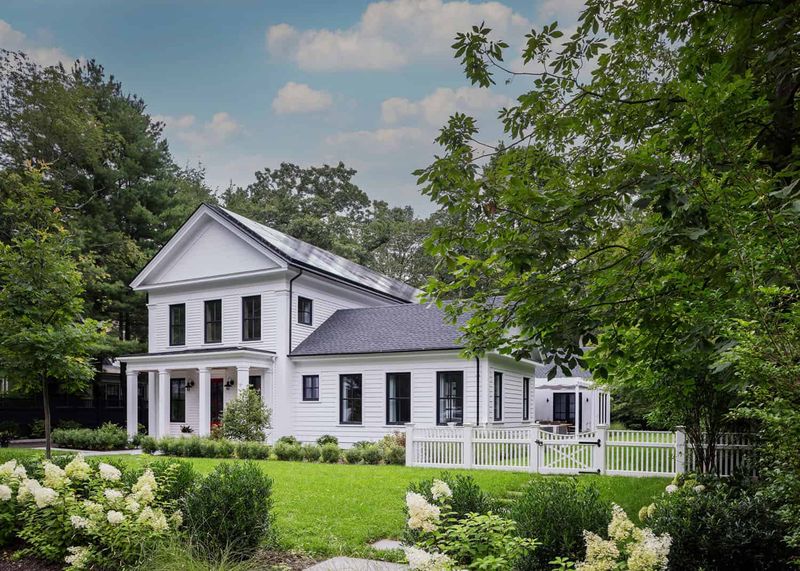
Once symbols of democracy and prosperity, Greek Revival homes with their imposing columns and pediments are fading from our communities. The grand proportions that made these homes impressive now make them expensive energy nightmares.
Modern families find their formal layouts impractical for contemporary living. The specialized materials needed for authentic restoration have become increasingly scarce and prohibitively expensive.
Many owners opt for vinyl replacements rather than maintaining the original wooden elements. Unfortunately, gradually eroding the authentic character that made these structures architectural treasures in the first place.
6. Queen Anne Style Losing Its Crown
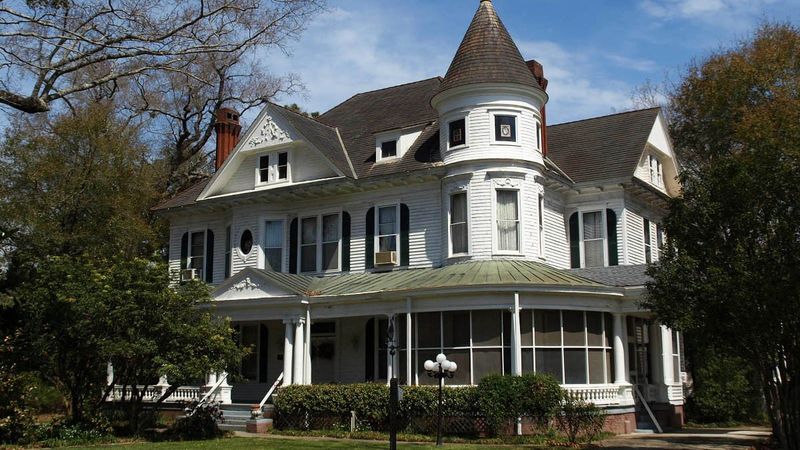
The whimsical towers and wrap-around porches require constant maintenance that few homeowners can justify financially. The specialized woodworking skills needed to restore their ornate details are becoming increasingly rare.
Heating these drafty beauties costs a fortune, pushing owners toward drastic energy retrofits that often compromise historical integrity. Modern building materials rarely match the quality or character of the originals.
Zoning changes in many Massachusetts communities now favor higher-density housing. It’s putting these spacious single-family structures at risk of subdivision or complete demolition.
7. Gambrel Roof Homes Facing Extinction
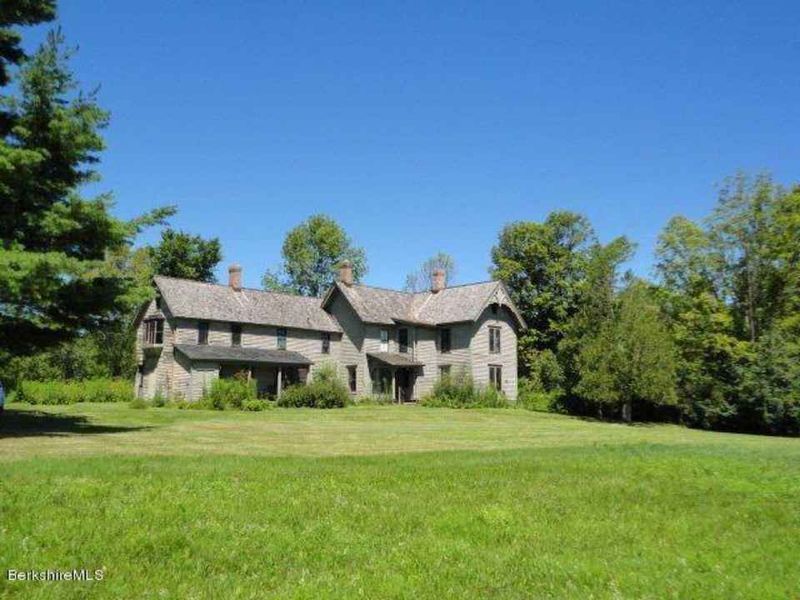
Remember those charming gambrel roofs that gave Massachusetts homes their iconic barn-like silhouette? Sadly, these double-sloped beauties are slipping off the map faster than a snowflake in April.
Fixing a true gambrel roof can cost an arm and a gambrel leg, pushing many homeowners to opt for simpler, more modern styles during renovations. Those spacious attics? They’re often more quirky than cozy, making them tricky to adapt to today’s living.
Add in increasingly wild weather, and these roofs face ice dams and damage that make upkeep feel like a slippery slope. With fewer contractors skilled in their unique structure, gambrels might soon become a rare roof relic in the Bay State.
8. Shingle Style Gems Being Replaced
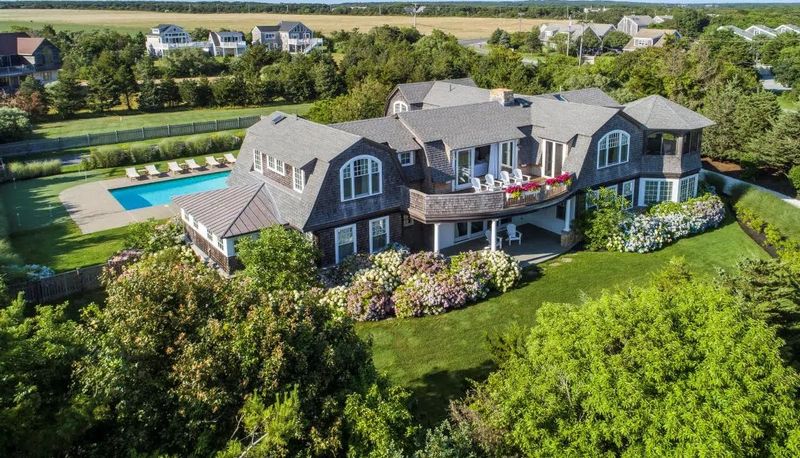
Cedar shingles don’t come cheap anymore! The organic, natural aesthetic that made these homes blend with our coastal landscapes requires materials that have skyrocketed in price.
Climate change has accelerated weathering on these structures, shortening maintenance cycles and increasing ownership costs. Modern building codes often conflict with the original construction methods, making authentic restorations increasingly difficult to permit.
The irregular, asymmetrical designs that give these homes their character feel inefficient compared to today’s standardized building practices. It’s pushing developers toward more conventional replacements.
9. Saltbox Houses Slowly Vanishing
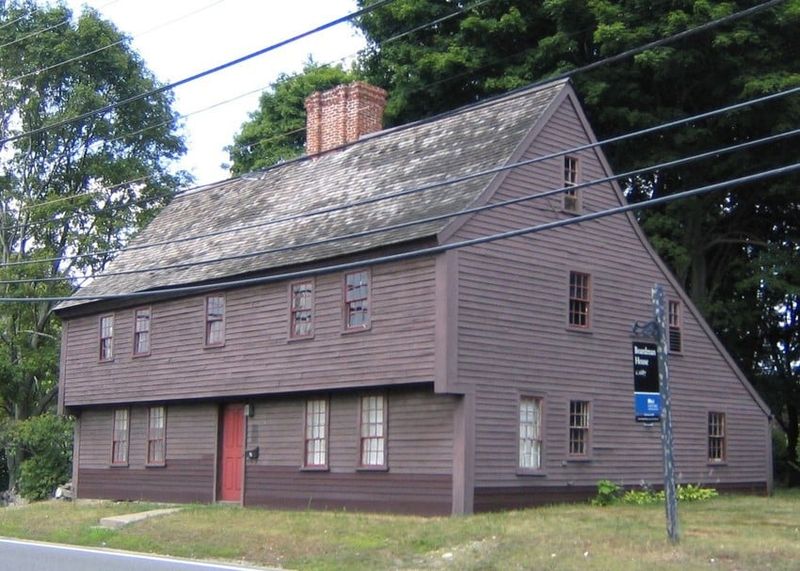
The distinctive asymmetrical profile of Saltbox houses once represented practical New England ingenuity. However, their unusual room configurations make modern furniture placement challenging for today’s homeowners.
The sloped rear roofline creates spaces with limited headroom that don’t meet current building codes for habitable areas. Energy efficiency concerns have led many owners to dramatically alter these structures, compromising their historical integrity.
As land values increase in Massachusetts communities, these typically modest-sized homes often face demolition in favor of larger structures that maximize property values.
10. Italianate Elegance Fading Away
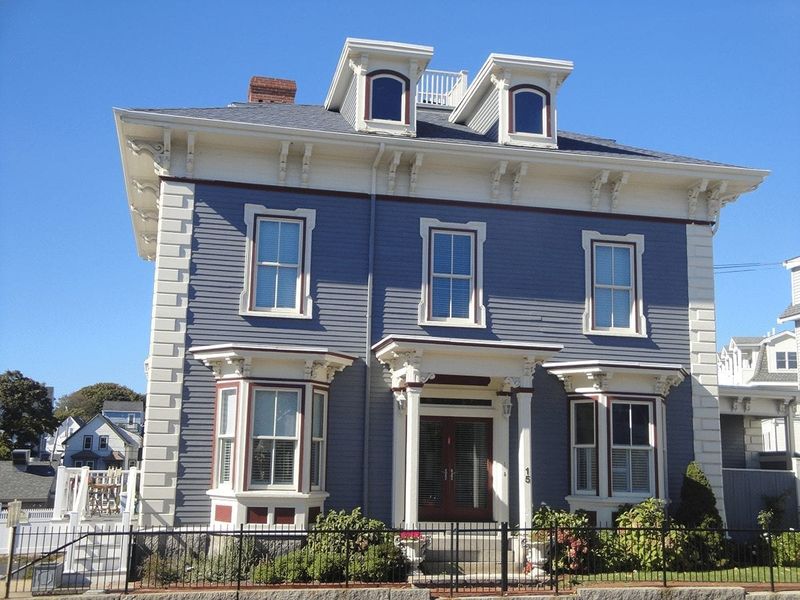
Ornate bracketed cornices and low-pitched roofs that brought Mediterranean flair to Massachusetts are increasingly rare sights. The elaborate window hoods and decorative brackets require specialized carpentry skills that few modern contractors possess.
Their typically tall, narrow windows create lighting challenges for contemporary lifestyles. Many owners opt for replacement windows that compromise the homes’ architectural integrity.
The cupolas and belvederes that crown these structures often leak and are expensive to properly maintain… Leading many homeowners to remove rather than restore these distinctive features.
11. Tudor Revival Treasures Threatened
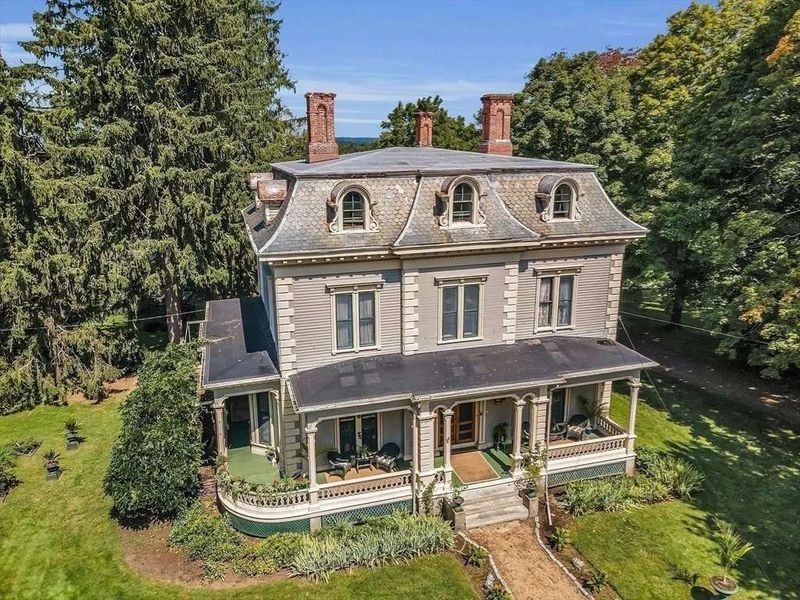
Who doesn’t love the storybook charm of those half-timbered homes with their steep roofs and Tudor flair? Unfortunately, these architectural jewels are becoming harder to find than a sunny day in Massachusetts.
The old-school stucco and timber craftsmanship needed to keep them authentic is now a vanishing art, with few experts left to carry the torch. Energy efficiency worries mean leaded glass windows often get swapped for modern imposters that just don’t cut the Tudor mustard.
Even the iconic chimney pots and decorative brickwork are at risk of being replaced with plain Jane fixes. With soaring restoration costs, many owners are forced to trim back the Tudor tales, opting for simpler renovations.
12. Bungalow And Craftsman Homes Dwindling
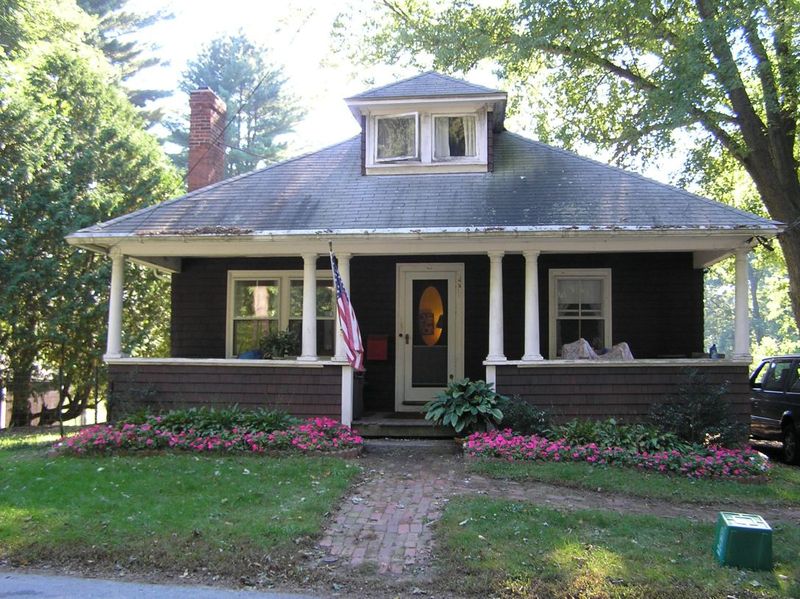
The honest craftsmanship of exposed beams and built-in cabinetry is becoming increasingly rare as these modest treasures face redevelopment. Their typically smaller footprints make them targets for teardowns in desirable neighborhoods where larger homes command premium prices.
The detailed woodwork and hand-crafted elements require maintenance skills that have become specialized and expensive. Open floor plan trends have led many owners to remove the defining interior features that gave these homes their character.
As original materials deteriorate, finding appropriate replacements becomes increasingly difficult and costly.
13. Mid-Century Modern Houses Threatened
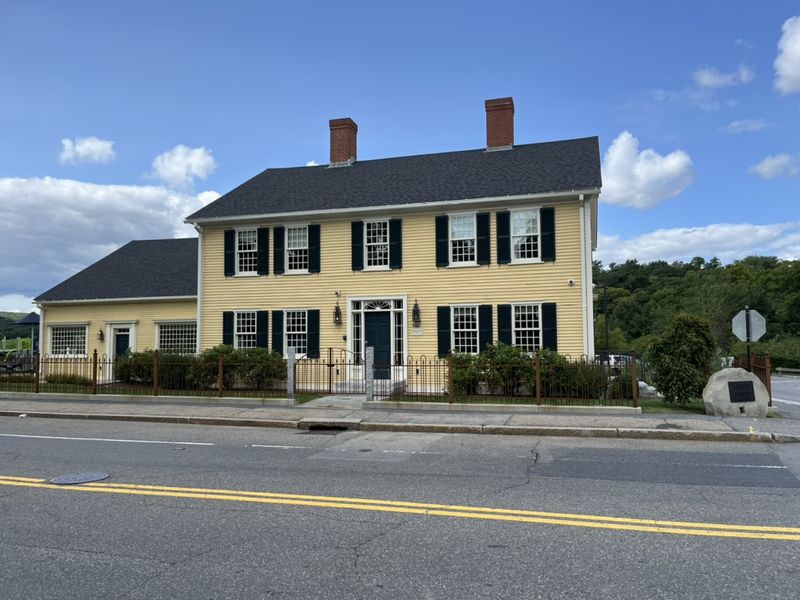
Though relatively recent additions to our architectural landscape, these sleek designs with their flat roofs and walls of glass face unique preservation challenges. Their minimalist aesthetics offer little room for compromise in repairs, either elements are authentic or they aren’t.
Original materials like terrazzo and specific wood paneling are difficult to source for repairs. The large single-pane windows central to their design create energy efficiency nightmares in our Massachusetts climate.
Developers often see more value in their typically generous lots than in the structures themselves, putting these architectural statements at particular risk for demolition.

